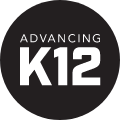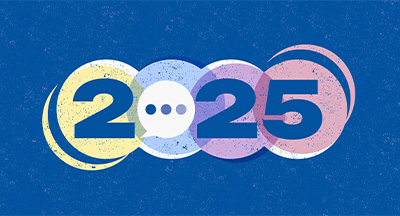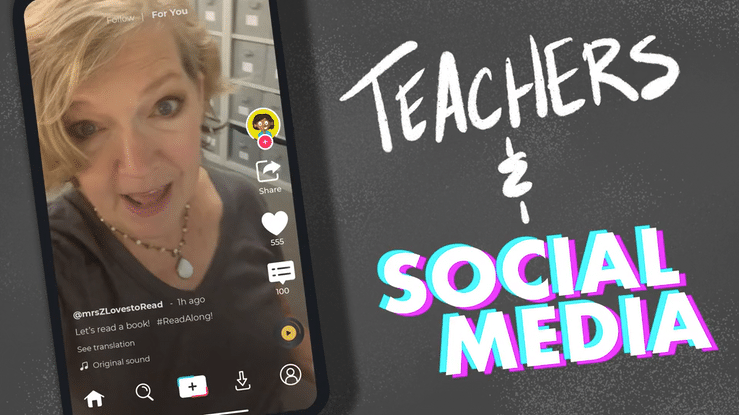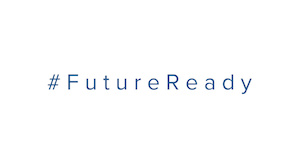
In this Midwestern-nice corner of the world, talking about money is sometimes thought to be rude—even verboten. However, a big exception to that commandment of etiquette is funding public schools. The process itself is something of a mystery—most people know it has something to do with taxes, but the rest of the equation often ends up with a big question mark.
To add to the confusion, each state has its own way of piecing together funding from various sources. Each district may receive different amounts of funding, depending on how granular the formula is. The annual expenditure per child can vary wildly from one part of a state to the next. And that’s just the beginning of the school funding conundrum.
While school funding discussions happen often in the district office, the topic can be tricky for the uninitiated.
First, let’s begin by breaking down the three primary “buckets” of K12 funding.
The smallest bucket: Federal funding
This might surprise the average parent. Turns out, the federal government contributes the least to their children’s education. Around 10% of school funding comes in the form of federal aid, often earmarked for a particular purpose. A couple of those specific initiatives include:IDEA funds
These funds, reserved as part of the Individuals with Disabilities Education Act, are intended to be used to help kids with disabilities receive a an equal education to their peers. IDEA funds are further split for specific purposes.Part A: General funding for the program’s purpose, to provide a free, appropriate public education
Part B: For children and adolescents ages 3–21. Approximately 15% of IDEA funds may go to early intervention for at-risk students, which includes Response to Intervention
Part C: For infants and toddlers (referred to as early intervention or birth to 3 programs)
Part D: National-level funding
Congress has authorized IDEA spending equivalent to 40% of the average per-student expenditure. However, the reality is most states receive between 10% and 20%.
Title 1
These funds are provided for districts with a large population of low-income students, including migrant students, students learning English, homeless students, and other at-risk students. They are often reserved for specific programs, special teacher training, and direct support for students.Medicaid funds
These funds can be used for IEPs which require school health services, salaries for service providers, assistive technology equipment, hearing assistance technology, professional development and instructional supplies, materials, and software.States can refuse federal funding in order to avoid complying with federal mandates, since funds are so often tied to specific federal initiatives. More often, states accept the funding and then must make up the difference in other areas to provide the services to meet the acceptable criteria for the federal initiative.
The middle bucket: State funding
Each state has a different method of awarding school funding. These depend on other sources of funding, such as federal and local funds. Here are some examples of how a sampling of states award funding:- Wisconsin guarantees the same tax rate for all districts.
- Pennsylvania varies the amount based on what’s needed to achieve key principles.
- Arizona and North Carolina distribute nearly all of their funding (98%) using formula models which attempt to balance the amount of funding based on local taxes. Property-wealthy districts may receive less than lower income areas, to level the playing field.
- In contrast, Connecticut distributes 38% of its funds that way, and South Carolina just 24%.
If you’re scratching your head wondering how two neighboring states could vary so much, you’re not alone. NPR did an entire series on the rollercoaster ride of school funding back in 2016.
Other state-level sources of education funding come from taxing various forms of spending. Excise tax, which is primarily assessed to “vice” consumables including, gasoline, cigarettes, liquor, and (in Colorado’s case) cannabis, is often used to fund education, as are lotteries. They aren’t necessarily the boon they’re made out to be: when such funds are used, they’re typically not added to the education budget dollars, but instead used to replace them.
The big bucket: Local funding
Property taxes can make up almost half of all school funding.The district tax rate depends on the assessed value of the district, the funds required to keep the district running, and the tax rates of other community services. Grouped together, emergency services and school spending are referred to as a millage, which is equal to one-tenth of a percent. Different municipalities may charge varying millage rates for services, which are then added together and applied to the valuation of the home. For example, if the millage comes to 50/1000, the homeowner owes $50 per $1000 of the home’s value. School district taxes are unique in that they are capped by a legal maximum which cannot be exceeded.
This is the area where income inequality really starts to erode per-pupil spending. In fact, dozens of states have experienced school funding lawsuits, including a landmark Texas case in 1973, which went to the Supreme Court. The case described such extreme inequity (think vast differences in resources, huge differences in per-pupil spending, and even uncertified teachers) that the counsel presented the situation as “two classes of citizens: minimum opportunity citizens, and first class citizens.” Still, after much deliberation, the ruling stated the Fourteenth Amendment to the Constitution, the Equal Protection Clause, doesn’t extend to guaranteeing equal spending for education.
Today, lawsuits continue in spite of the ruling. In response, states are studying where they can do better. Michigan studies its high-performing schools to see where they allocate funds in hopes of applying the same wisdom to all schools regardless of per-pupil expenditure. In Wyoming, lawsuits led the state to pool funds, treating “the wealth of the state as a whole,” which ensures poorer districts share in the rich profits from oil, coal, and gas mining.
Questions?
Naturally, there are questions about funding. Most are locally specific, since that’s where the bulk of funding comes from. Even answering more general questions can be tricky, and leave parents looking for answers. A big question remains on many minds: If funding sources are plentiful, why is school funding so scarce in some areas, yet rich in others?In the case of school funding, chopping up funding among more sources doesn’t necessarily add up to more money. Multiple sources of funding make it easy to point the finger elsewhere when one source comes up short. Plus, dollars can be earmarked for specific purchases, especially in the case of federal or grant dollars.
Often, there’s not much individual districts can do to change their funding situations. Even so, creating greater transparency around funding is a step in the right direction. A prime opportunity exists during budget season. When sharing the annual budget, break down how funding flows into the district.
If you’ve ever had questions about your district’s funding, odds are many families have similar inquiries. Take the lead on the funding conversation, build a district-wide understanding, and create allies in the community. As always, it’s for the kids.
Follow-up resource: Enhance your budget
At a loss as to how to engage people in finance? Check out these steps to Making Budgets Beautiful.WHAT'S NEXT FOR YOUR EDTECH? The right combo of tools & support retains staff and serves students better. We'd love to help. Visit skyward.com/get-started to learn more.

|
Advancing K12 Staff Edtech Thought Leaders |





